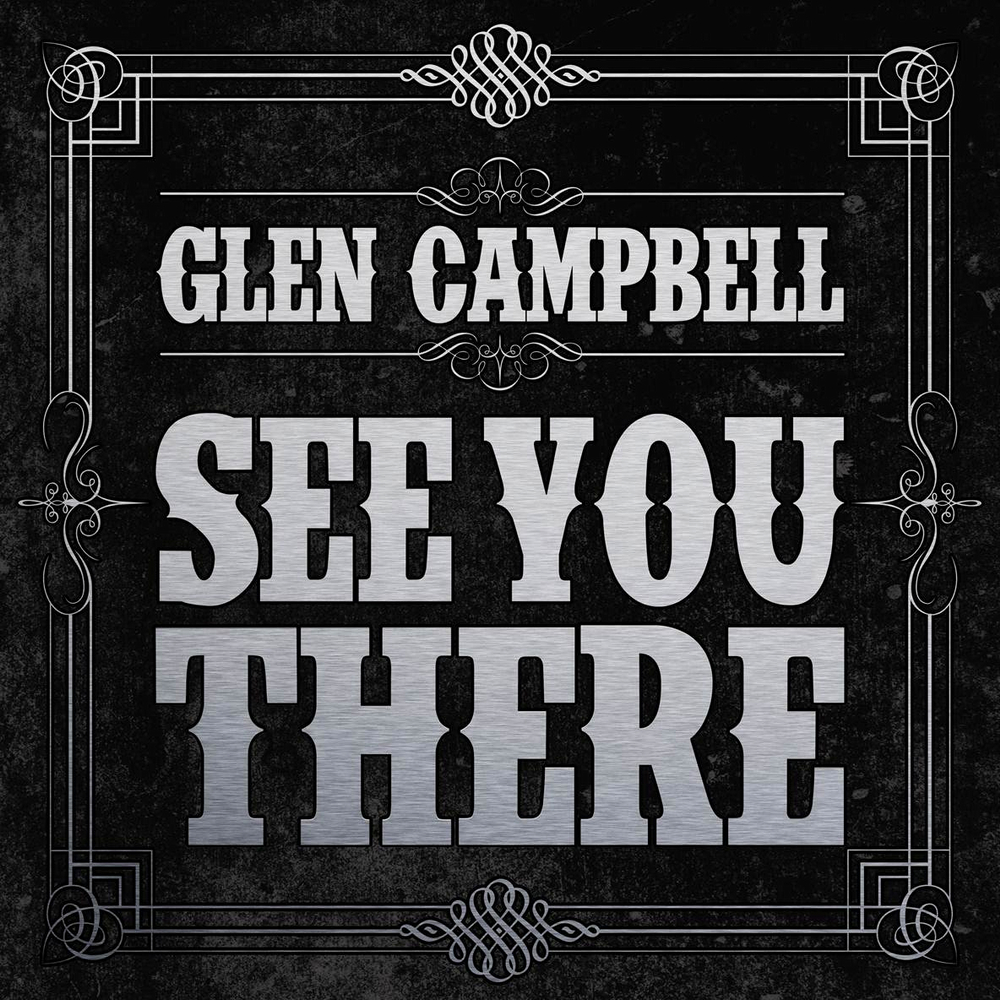Remembering Glen Campbell, born on this day in 1936. —Ed.
The English Pre-Raphaelite poet Dante Gabriel Rossetti once wrote, “Each hour flings a bomb at my burning soul.” Before adding, “Neither from owl nor from bat can peace be gained until I clasp my wombat.” I admit to being completely flummoxed by what this Rossetti chap means by “his wombat.” Did he have, in his personal menagerie, an actual wombat? One that he clasped to his troubled bosom when bombs were being catapulted at his burning soul? Your guess as is good as mine.


The odd thing is that despite the fact that I grew up in a rural backwater, in a town so small that the “Welcome to Littlestown” sign and the “You Are Now Leaving Littlestown” sign were the same sign and many of my fellow townspeople made those toothless rustics in Deliverance look like cosmopolitan sophisticates, the only country music I ever heard came to me via Hee Haw, which I would occasionally watch with the old man. That said, I totally loved “Rhinestone Cowboy.” It fell into the rarified genre of glam country, and I could never hear it often enough. That said, I’d never heard any of his other songs and was never tempted to buy a G.C. LP.
When I finally got around to listening to him as an adult, and happened upon such immortal songs as “Wichita Lineman,” “Galveston,” and “By the Time I Get to Phoenix,” I’ll admit I was disappointed. The string-heavy arrangements turned these great numbers to treacle. Distracted from the songs’ greatness, they did. Which I why I was thrilled to discover Campbell’s final studio LP (he’s still with us, but in the final stages of Alzheimer’s disease), 2013’s See You There.
See You There features many of Campbell’s greatest songs, sans the heavy-duty orchestral arrangements. (For the most part: the lovely “Postcard From Paris” is all dressed up, but I will gladly clasp it to my bosom anyway.) Stripped down, the tunes are more moving, and knowing that this is Campbell’s final LP increases the songs’ poignancy factor fourfold. See You There may not feature Campbell’s finest vocal performances, but you can hear the sadness in his voice, and the resignation, and I’ll trade that for Campbell at his finest any day.
Campbell sweetens the pot with accordion, pedal steel guitar, dobro, piano, banjo, organ, viola, and an additional guitarist, but the effect is less “Rhinestone Cowboy” than alt-country. I’d be lying if I said I didn’t prefer the immortal gilded version of “Rhinestone Cowboy,” but that’s because the song simply cries out for the oversized Phil Spector treatment. “I’m gonna be where the lights are shining on me,” sings Campbell, dreaming of rodeo fame. That said, the stripped down take on See You There reinforces the wistful and painful longing of a struggling rodeo rider who is unlikely to ever see fame and fortune, much less wear rhinestones in a “star-spangled rodeo.” In short, he double downs on the sadness of the song, and makes it less glam anthem than tragedy.
The strings-free take on “Wichita Lineman” is a revelation, and the same goes for “Galveston” and “By the Time I Get to Phoenix.” The tempos are a bit slower, bluesier even, as the organ on the last-named tune demonstrates. As for “Gentle on My Mind,” it boasts some great dobro work by Doug Livingston, and makes me wonder why the in-his-prime Rod Stewart never saw to cover the tune. The cool instrumentation on “What I Wouldn’t Give” is also winning, and reminds me a bit of Roy Orbison. Add some big guitar, and toss in some frilly banjo, and what you have here is one great song.
Glen Campbell was a great guitar player and a helluva talent, and I can’t tell you how happy it makes me to hear him perform sans schmaltz. I can’t say I hate Campbell all dressed up in strings and such. I love and am deeply touched by his performances on the 2015 soundtrack to the valedictorian documentary I’ll Be Me, and it’s awash in strings. But the strings on the soundtrack, for whatever reason, do not so much sweeten as add poignancy. Do I contradict myself? Of course I do. But no more so than Campbell contradicted himself. The man was a true country hero, but he bequeathed us perhaps country’s greatest ever piece of glitz in “Rhinestone Cowboy.” And all I can say is I hope he hasten to that star-spangled rodeo in the sky with a dollar tucked in his shoe, and finally finds himself in that place where all the lights are shining on him. Ride ‘em, Rhinestone Cowboy.
GRADED ON A CURVE:
A-
